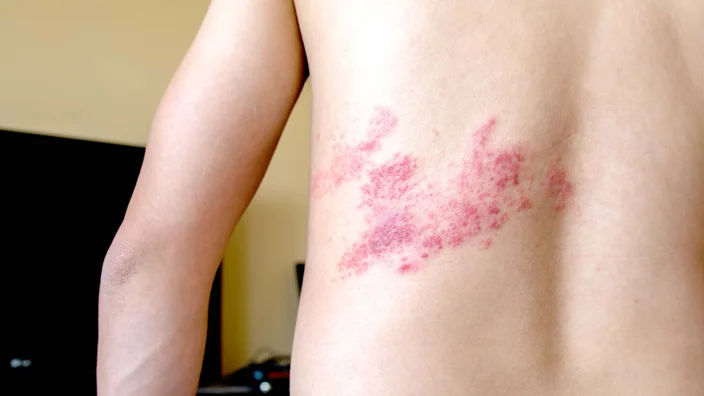Shingles stages, also known as herpes zoster, is a viral infection that causes a painful rash. It is caused by the varicella-zoster virus, the same virus that causes chickenpox. After a person recovers from chickenpox, the virus can remain dormant in the nervous system and reactivate later in life, causing shingles.
shingles stages is a painful condition that can be debilitating, but knowing the stages of the infection can help you understand what to expect and how to manage the symptoms. In this article, we will explore the different stages of shingles, from the early symptoms to postherpetic neuralgia.
Stage 1: Early Symptoms
The first stage of shingles is characterized by early symptoms that may occur before the rash appears. These symptoms can include:
- Pain or tingling: Many people experience pain or a tingling sensation in the area where the rash will eventually appear. This can be a warning sign that the virus is reactivating.
- Itching: Some people may experience itching in the affected area.
- Headache: A headache can be an early symptom of shingles, particularly if it is accompanied by pain or tingling.
- Fever and chills: A fever and chills may also occur during the early stages of shingles.
- Fatigue: Many people report feeling tired or run down during the early stages of shingles.
These symptoms may last for a few days to a week before the rash appears.
Stage 2: Rash
The second stage of shingles is the appearance of the rash. The rash typically appears on one side of the body, often in a band or strip. It can also appear on the face or around one eye, which is known as ophthalmic shingles.
The rash consists of fluid-filled blisters that can be very painful. The blisters may burst and scab over, which can take several weeks to heal. The rash usually lasts for two to four weeks.
Stage 3: Postherpetic Neuralgia
For some people, the pain from shingles stages can continue even after the rash has healed. This is known as postherpetic neuralgia (PHN), and it can be a debilitating condition.
PHN occurs when the virus damages the nerves, causing persistent pain. The pain can be severe and may feel like burning, stabbing, or shooting pain. It can also cause sensitivity to touch or temperature changes in the affected area.
PHN can last for months or even years after the rash has healed. It is more common in people over the age of 60, and those who had severe symptoms during the acute phase of shingles.
Treatment and Prevention
There is no cure for shingles, but there are treatments available to manage the symptoms and reduce the risk of complications. Antiviral medications can help to shorten the duration of the rash and reduce the severity of the symptoms. Pain medications, such as acetaminophen or ibuprofen, can help to manage the pain.
In some cases, medications used to treat depression or epilepsy can also be effective in treating the pain associated with PHN.
Prevention is also important when it comes to shingles. The best way to prevent shingles is to get vaccinated. The shingles stages vaccine is recommended for people over the age of 50, even if they have had shingles before.
It is also important to practice good hygiene and avoid close contact with people who have chickenpox or shingles. If you do develop shingles, it is important to avoid contact with people who have not had chickenpox or who have a weakened immune system, as they may be at higher risk of developing the infection.

